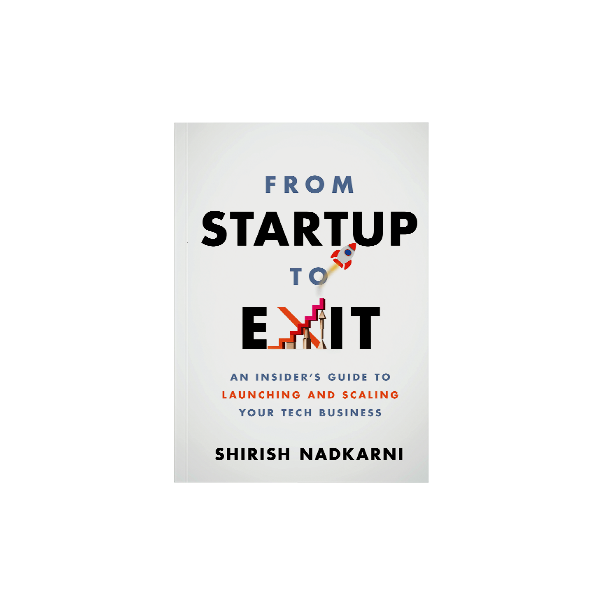In my previous article on convertible notes, I had written about many of the hidden traps with convertible notes. A SAFE financing instrument, which was developed and popularized by Y-Combinator avoids many of the pitfalls of convertible notes. Like a convertible note, a SAFE can have a valuation cap and a discount to the price of a future priced round. A SAFE is also somewhat more cost-efficient compared to a note given its simplicity. As a result, SAFEs are increasingly being utilized instead of notes, especially in the valley.
Here are the notable differences between the two instruments:
Equity vs Debt Instrument: A SAFE is an equity instrument compared to a note. As a result, there is no maturity date and no interest rate. Given that it is not a debt instrument and has no maturity date, you don’t have the risk of non-payment at maturity and being at the mercy of your investors who can potentially force you into bankruptcy.
No Super Liquidation Preference: See my previous article on Notes that discusses the issue of super liquidation preference with notes i.e. that you can have a liquidation preference higher than the amount invested by note investors. With a SAFE, the amount invested converts to its own series of preferred stock with amount of liquidation preference equal to the amount invested as a SAFE.
However, a SAFE has some of the same issues as a convertible note:
Lack of Visibility on Dilution: Since no shares are issued with a SAFE, a SAFE doesn’t show up in a cap table. As a result, founders don’t understand how much dilution they have suffered from a SAFE until a full preferred round is raised. In addition, if the startup is not doing well, it will typically raise more money through additional SAFEs which begin to pile up. When the cap table is finally updated post a Series A raise, founders are typically quite surprised by how equity they have given up in the company in total.
Full Ratchet Anti-Dilution Provision: Most equity rounds today include what’s called a “broad based weighted average” anti-dilution provision. This means that if you raise a future round at a lower valuation, then existing investors get additional shares to compensate them for having invested at a higher valuation. However, the number of additional shares they get takes into account how much in new funding you have raised.
With a SAFE, however, by agreeing to giving a discount to a future round of funding, you are agreeing to essentially a “Full ratchet” anti-dilution provision which means that investors get to convert all the funds at the new valuation plus a discount. So let’s say that you raised funding as a SAFE at a 20% discount and a $4 million valuation cap and then later raise a full equity round at a $3 million valuation, the SAFE holders will get fully converted at 80%*$3 million valuation.
Pro-Rata Rights: A SAFE provides for a side letter option that allows investors get pro-rata rights in a future financing. As an example, if an investor owns 20% of the company, they get the right to invest 20% of a future round. Typically, you don’t want to give this right to small investors who are common in seed financings. When a VC gives you a term sheet for an investment, they typically want to invest the whole amount and don’t like reducing their investment to smaller investors who have pro-rata rights.
……………………………..
If you liked this article, check out my book that covers all aspects of the entrepreneurial journey.

